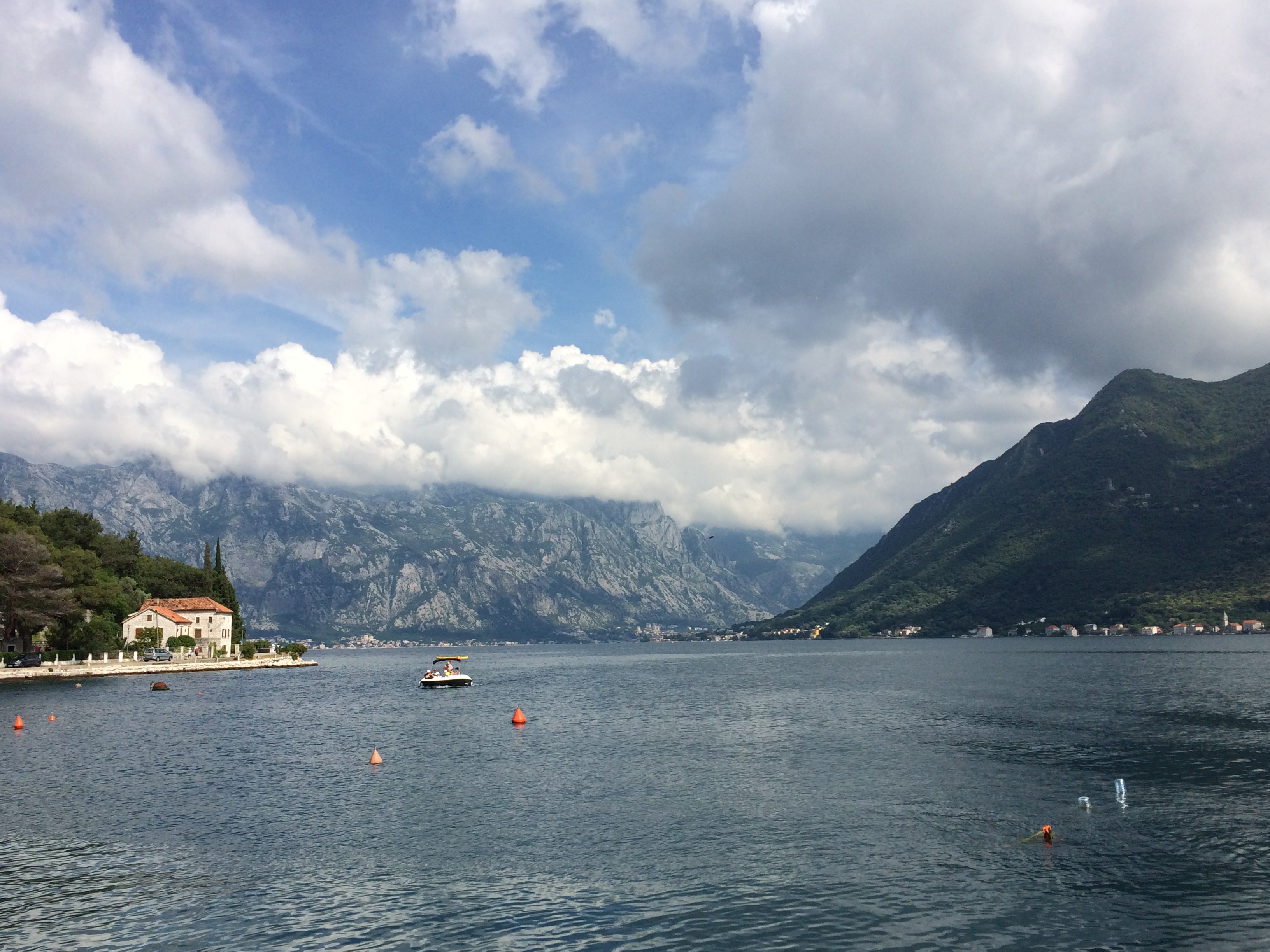I have always been a water person. Growing up an oblivious/imaginative kid in Rhode Island in the era of the Little Mermaid, my mom quickly realized that I needed to know how to keep myself afloat. I was never scared of the water, which in turn scared her immensely. According to her, the chances of me wandering in too deep without realizing were about equal to me waking up on any given morning, truly believing that I was a mermaid, and jumping in above my head without a second thought.
I was extremely lucky in that: 1. Neither of those things happened, and 2. That I had access, early and often, to lessons that took my love of the water and fashioned it into a working knowledge of water safety, a decent stroke, and a lifelong relationship with pools, ponds, lakes, oceans, and, most recently, fjords.

As I said, I know I was lucky. So many children, for so many reasons, don’t learn to swim and as a result, “according to the Centers for Disease Control, more than a third [of] adults in the United States can’t swim the length of a pool, which puts them at risk of being one of the 10 people who drown every day in the United States.” Those are some scary statistics.
I learned about The Swimming Saves Lives Foundation when I joined Masters swimming, and I was interested to learn that April is Adult Learn to Swim Month. Adults can sign up for free lessons with volunteer instructors and cover everything from the absolute basics of getting in the water to stroke improvement. I signed up to teach, read over the instructors’ guide, and last week I showed up at the pool for my first lesson.
I can’t say enough good things about the program. There were enough instructors that each lesson was one-on-one and I was paired with D. D was there with her sister and the two of them were a blast. We started laughing within the first few minutes and didn’t stop until they got out of the water. D let me know that there was no specific reason she hadn’t learned to swim; she just never had and as a result she wasn’t scared of the water exactly, but she was hesitant around it. Still, she jumped right in and an hour and a half later, D was swimming almost the entire length of the pool. While she hadn’t quite figured out the timing for breathing, she was well on her way.
I’ve taught swimming before, but always to children. I wasn’t sure what to expect with teaching an adult but what I loved was that it was more like a collaboration than a straight lesson. D and I spent the time throwing ideas back and forth, looking for different ways to explain things to each other, and keeping warm by bouncing around acting like total fools (and possibly singing…). Obviously, that approach wouldn’t work for everyone, but that’s what was so great about the one-on-one format; we were able to settle in to a dynamic that worked for us. My biggest concern was taking cues from D at the beginning to get a sense of how she would be most comfortable, and then we ran with it. In terms of the progress D made, I may have brought the experience, but she took everything I told her and put it all together and I couldn’t be happier with how it went.
I’m teaching two more evenings this month and I’m sure I’ll have more thoughts to share, about the program in general and the specific things that worked (or didn’t). One thing I can already say with certainty is that I would encourage anyone who’s thinking about learning to swim, or who would like to improve their stroke (whether for racing or recreation) to look into Swimming Saves Lives/Adult Learn to Swim programs near them. The benefits are innumerable, and the process itself is a blast.
